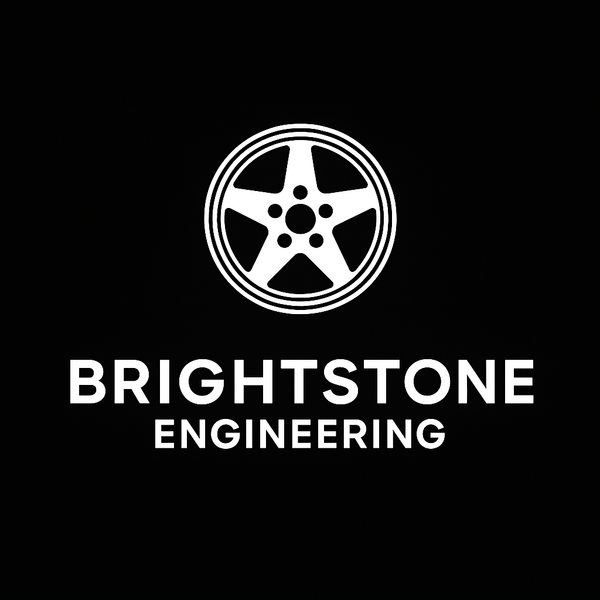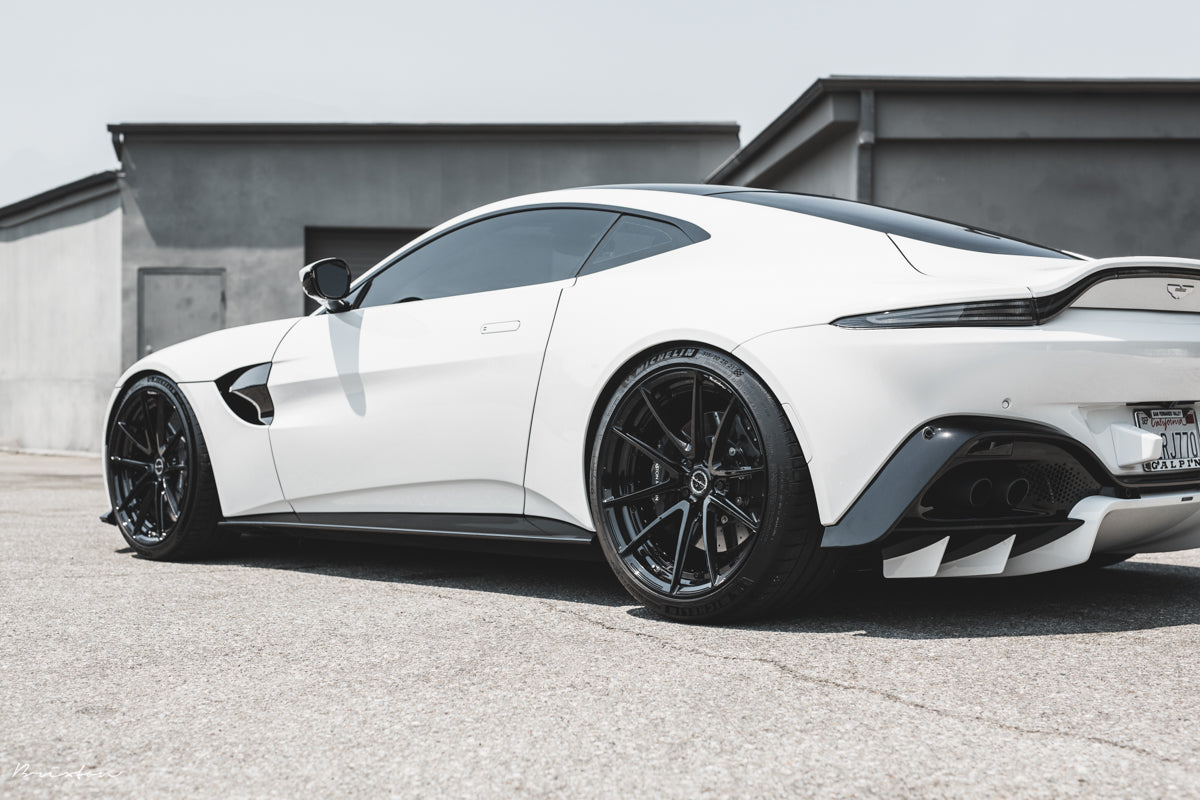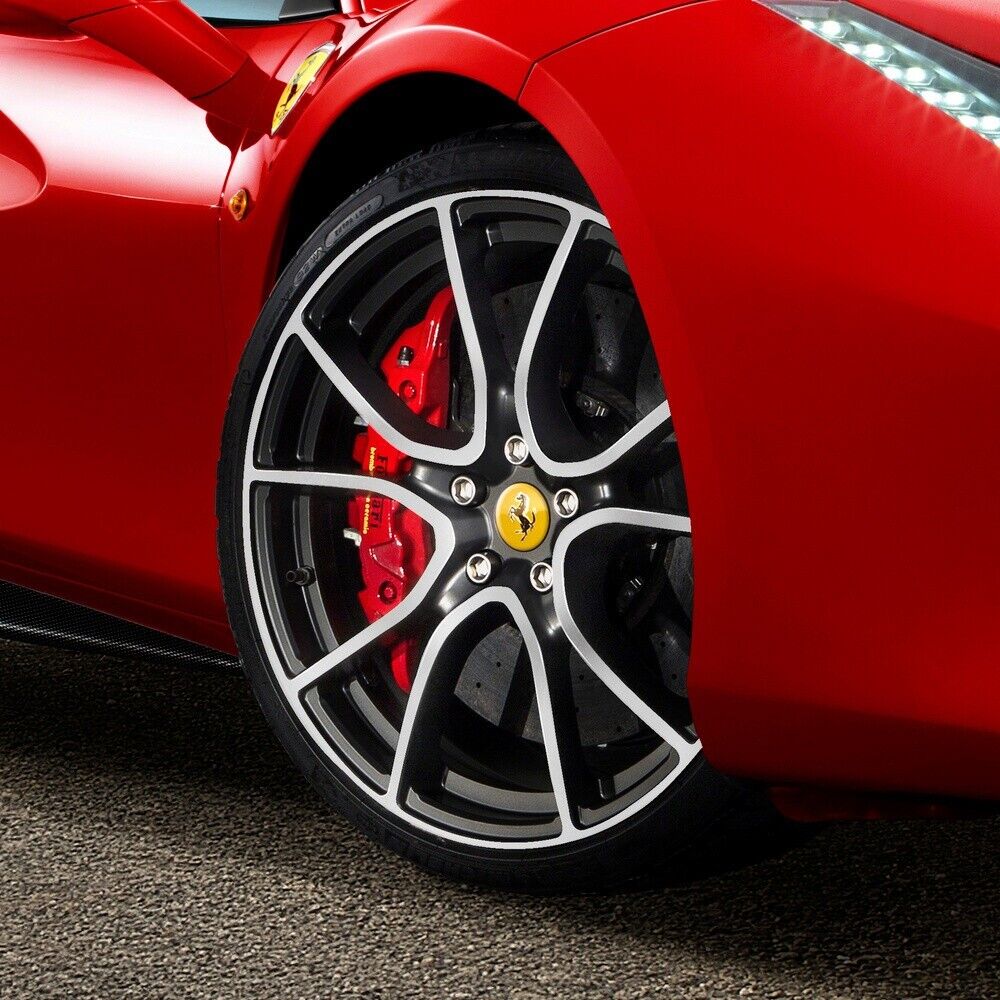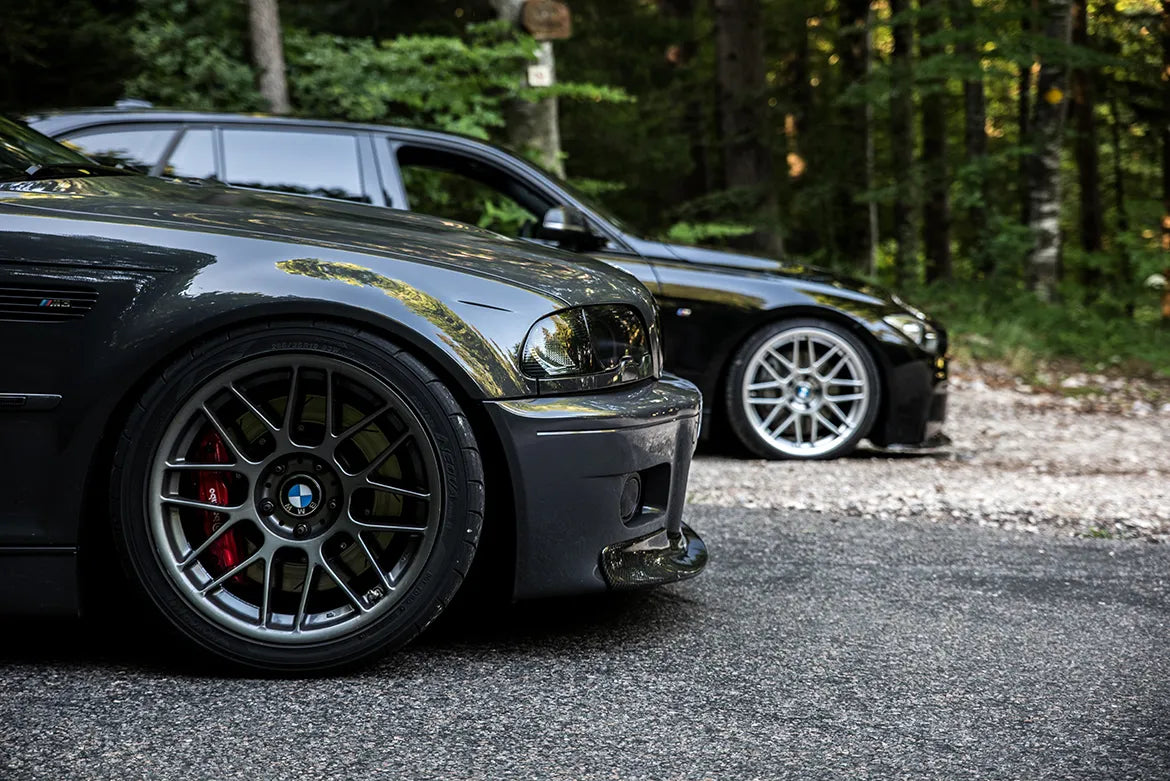
Are Wheel Spacers Safe? An Engineer’s Guide for UK Drivers
Share
Are Wheel Spacers Safe?

"Are wheel spacers safe for my car?" This question dominates UK motoring forums and keeps drivers awake at night after they've spotted the perfect set of wheels.
The internet is packed with myths and misinformation about wheel spacers. Half the posts claim they'll destroy your car, while the other half insist they're perfectly fine. Meanwhile, real engineering facts get buried under opinion and hearsay.
As engineers who manufacture precision wheel spacers in the UK, we'll answer this question with facts, not fear-mongering. The truth might surprise you.
Why Safety Questions About Wheel Spacers Exist
The reputation problem starts with cheap imports flooding the market. eBay and Alibaba are full of poorly machined spacers that create vibration, bolt shear, and genuine safety risks. These products give the entire category a bad name.
Horror stories spread faster than good news. One person's experience with a £20 Chinese spacer gets shared thousands of times, while thousands of successful installations with quality products never make headlines.
UK drivers face extra uncertainty because of MOT and insurance rules that many don't fully understand. This creates fear about modifications that are actually perfectly legal when done correctly.
Are wheel spacers safe for my car?

Here's the straightforward answer: properly designed hubcentric spacers are as safe as original equipment fitment.
The load distribution works identically to your factory setup. The vehicle's weight transfers through the hub lip to the spacer, then to the wheel. The bolts simply clamp everything together - they don't carry the car's weight.
Material strength makes the difference between safe and dangerous. We use 6082-T6 aluminium, which has a tensile strength of 310 MPa. Cheap cast alloy spacers often use materials with half that strength.
Correct installation remains critical for safety. Proper bolt torque and adequate thread engagement aren't optional extras - they're fundamental requirements for any wheel installation.
Factors That Make Wheel Spacers Unsafe

Several factors can turn spacers into safety hazards:
Wrong specifications create immediate problems. If the PCD doesn't match exactly, or the centre bore is incorrect, you'll get wobble and potential failure. There's no "close enough" in precision engineering.
Non-hubcentric designs on performance cars increase risk dramatically. These spacers rely entirely on bolt clamping force to centre the wheel, which can lead to fatigue and failure under high loads.
Incorrect bolts cause more failures than faulty spacers. Bolts that are too short don't engage enough thread. Wrong seat types (ball vs tapered) prevent proper clamping. Both situations create dangerous conditions.
Poor machining tolerances mean spacers that aren't truly round or flat. Even small variations create runout that causes vibration and uneven stress distribution.
Are wheel spacers legal in the UK?
Wheel spacers UK regulations are clearer than many people think. They're completely legal as long as your wheels don't protrude beyond the vehicle arches.
MOT testing focuses on track width and tyre coverage, not the presence of spacers. If your wheels sit within the arches and your tyres have legal tread, you'll pass this aspect of the test.
The confusion comes from advisors who don't understand the rules themselves. Many drivers get told spacers are illegal when they're actually just poorly fitted or cause wheels to stick out too far.
Declaring modifications to your insurer is required by law, but it's usually straightforward. Most insurance companies treat properly fitted spacers as a minor modification that barely affects premiums.
Insurance Implications of Wheel Spacers
Insurance companies require declaration of any modifications, including spacers. This protects both you and them from disputes later.
Case examples show why declaration matters. Claims get denied when insurers discover undeclared modifications, even if those modifications didn't cause the accident. It's not worth the risk for what's usually a small policy adjustment.
Are spacers for wheels safe from an insurance perspective? Yes, when they're hubcentric and professionally installed. This gives you a stronger argument that you've made a considered, engineered modification rather than a risky aftermarket addition.
How to Make Your Wheel Spacers Safe

Safety starts with buying the right product. Choose hubcentric spacers that are CNC-machined with the correct bore and PCD for your specific vehicle. Generic "universal" spacers aren't safe for anything beyond the lowest performance applications.
Always use extended bolts matched to your spacer thickness. The total bolt length should equal your original bolt length plus the spacer thickness. Never compromise on thread engagement - you need at least 1.5 times the bolt diameter in engagement length.
Installation technique matters as much as the product quality. Torque bolts in a star pattern to the manufacturer's specification. This distributes clamping force evenly and prevents warping or stress concentration.
Retorque after 50 miles of driving. Initial installation can settle slightly, and this check prevents loosening. Also perform regular inspections, especially after winter driving when road salt can cause corrosion.
Why UK-Made Spacers Are the Safer Choice
Brightstone's manufacturing process starts with precision CNC machining to aircraft industry tolerances. Every spacer gets checked for runout, surface finish, and dimensional accuracy before it leaves our workshop.
Our anodising process provides corrosion protection that exceeds automotive standards. This prevents the galvanic corrosion that can cause seizure between spacer and hub.
UK manufacturing means tighter quality control than mass-market imports. We can trace every spacer back to its material batch and machining date. When problems occur (they're rare), we can identify and fix the root cause immediately.
You also get warranty coverage and engineering support. Questions about fitment, installation, or maintenance get answered by the people who designed and made the product.
Regular Maintenance for Safe Operation
Wheel spacers need the same attention as any other part of your wheel assembly. Annual removal and cleaning prevents corrosion buildup that can cause seizure.
Check bolt torque every 6 months or after any wheel removal. Thermal cycling and road vibration can gradually reduce clamping force. A few minutes with a torque wrench prevents serious problems.
Winter driving requires extra attention. Road salt accelerates corrosion and can cause spacers to seize on the hub. Apply a thin coat of copper grease to the hub face before installation if you drive in salty conditions regularly.
Watch for unusual vibration or handling changes. These symptoms often indicate loose bolts or worn components. Address problems immediately rather than hoping they'll resolve themselves.
Conclusion
So are wheel spacers safe? Yes, when they're hubcentric, manufactured to high standards, and correctly fitted. The engineering is sound, the materials are proven, and thousands of UK drivers use them safely every day.
The key is avoiding cheap alternatives and cutting corners on installation. Quality spacers cost more upfront but provide years of safe, reliable service with proper maintenance.
Ready to upgrade your car's stance and handling safely? Explore Brightstone Engineering's range of precision wheel spacers UK manufactured to the highest standards. Every set comes complete with correct bolts and installation guidance - engineered in the UK for safety, performance, and peace of mind.






